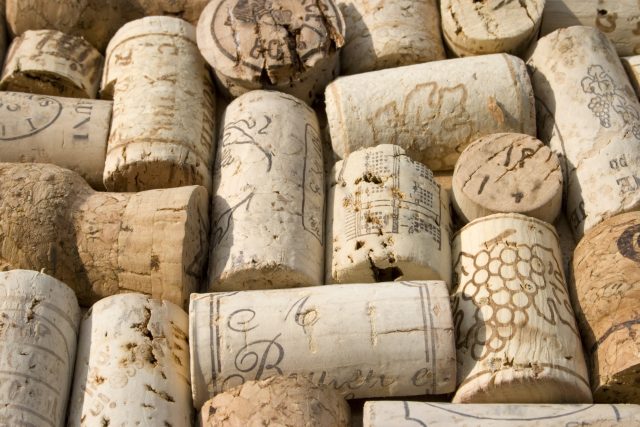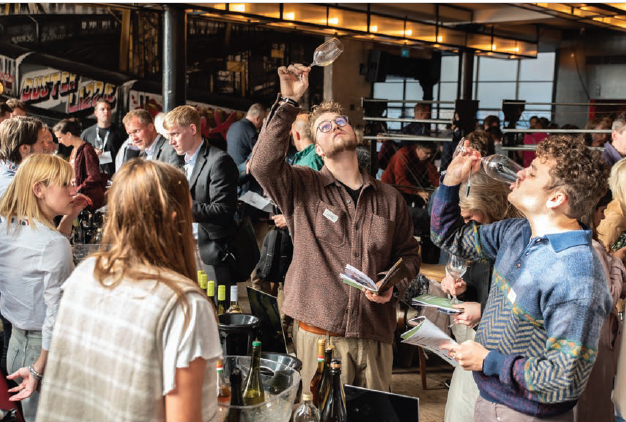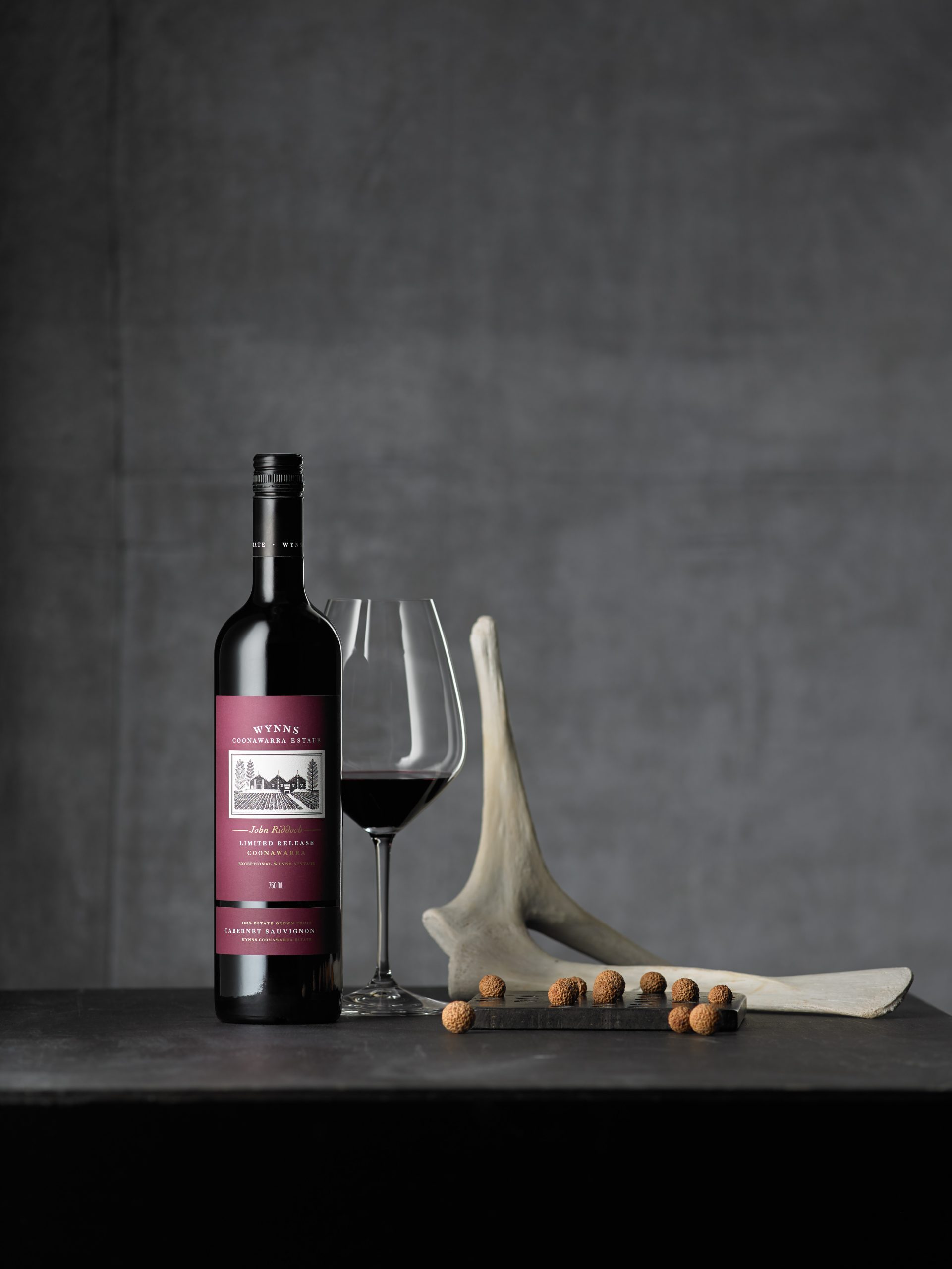Could cork help producers tackle climate change?
As southern Europe struggles with extreme summer heat, one Portuguese producer has trialled the use of cork to help vines retain water, with positive early results.

Luisa Amorim has drawn on her family’s expertise – Amorim is the world’s largest cork producer – as part of wider efforts to ensure a sustainable future for viticulture in the face of climate change.
Speaking to the drinks business, she highlighted the importance for Portugal’s wine producers to adapt their approach to these new conditions, drawing on her own experience as CEO of the Amorim family’s three wine estates: Quinta Nova in the Douro, Taboadella in Dão and Herdade Alde de Cima in Alentejo
“These weeks of July are almost impossible,” Amorim reported, setting out a belief she settled on back in 2016 that Portugal’s run of high summer temperatures was not part of a cycle, but a more permanent shift. “For us it was extremely clear that this was going to happen every year,” she remarked, noting that rainfall has also become more concentrated in the winter months of January and February.
While suggesting that the mountainous, more temperate Dão is “the easiest climate we have”, Amorim described the Douro and Alentejo as “extremes”. As wine producers seek sustainable approaches in such challenging conditions, Amorim observed: “It’s very difficult to change the climate.” Instead she believes: “You have to change totally your mindset.”
She compares the confusing array of advice on offer to choosing a diet regime.
“Everybody talks a lot about the subject but there are no final decisions,” remarked Amorim. “It’s something you have to adapt for yourself.”
In addition to drawing experience from three different wine regions, Amorim cited her family’s cork business as a useful source of inspiration. “We have some know how about cork,” she commented with considerable understatement, highlighting in particular this material’s water retentive property.
“I remember when I was a kid my father always travelled a lot and one country he loved was Holland,” Amorim recalled, explaining, “We sell granulated cork there for the tulips.” When the time came to plant a new vineyard at the family’s Alentejo estate, Herdade Aldeia de Cima, her team added cork to each hole before inserting the vine. “It was very interesting,” she reported. “The water stays.”
Keen to extend the trial, Amorim recently dug in cork around the base of existing vines across six hectares at Quinta Nova in the Douro. “We don’t have the tests yet but I believe it will work,” she predicted.
Partner Content
The approach forms part of a wider quest by Amorim to reevaluate how her estates’ vineyards are planted and managed. “You start to have the impression that maybe this type of grape is not going to work for the next 40 years,” she outlined, while warning against overreaction. “We are not going to change everything, because if you change everything you are going to change totally the style of the wines,” she observed, advocating instead a more gradual, considered shift.
“Every year you do a little,” Amorim outlined. “It’s not only a question of money, but to be sure you are doing the best thing.”
When it comes to the current and, she believes, long-term trend for hot, dry summers, Amorim confirmed: “The grapes from my point of view that culturally have the best adaptation are the local varieties.” However, although “about 90%” of her vineyards are planted with local grapes, exceptions include a small amount of northern Portuguese variety Alvarinho that is performing successfully down south in Alentejo.
“Because we’re not so far away from the Atlantic it worked very well,” reported Amorim.
“Alvarinho is a grape with a lot of acidity. When you have a very hot summertime, a little bit of Alvarinho can give you a push.”
Although the cork trial offers an example of how these three Amorim estates can benefit from shared experience, efforts are made to retain a very individual ethos at each property.
Only Amorim herself and consultant winemaker Jorge Alves spread their focus across the whole portfolio.
“In each estate we have different winemaking teams, a different winery, different grapes,” stressed Amorim. “We treat all of them differently – they are not the same.”
She cited Alentejo as a source of particular inspiration when it comes to the biodiversity element of sustainability. At almost 3,000ha in size, Herdade Aldeia de Cima has only 22ha of vines. The rest is a mix of bee hives, olive groves, arbutus plantations, agro-forestry from the cork oaks, and a flock of merino sheep. Such a mix of habitat encourages a proliferation of wildlife, from birds of prey to storks and partridge.
“Now people talk about holistic, regenerative farming but it’s always existed in Alentejo,” summed up Amorim. She views efforts to protect this traditional approach as sitting comfortably alongside her more innovative activities. “It’s not only a question to preserve what you have,” she insisted. “You have to do something good that’s worth it for the next generation and is an example for others.”




